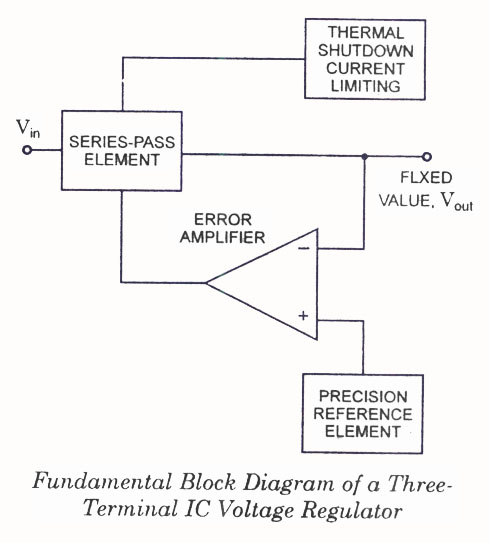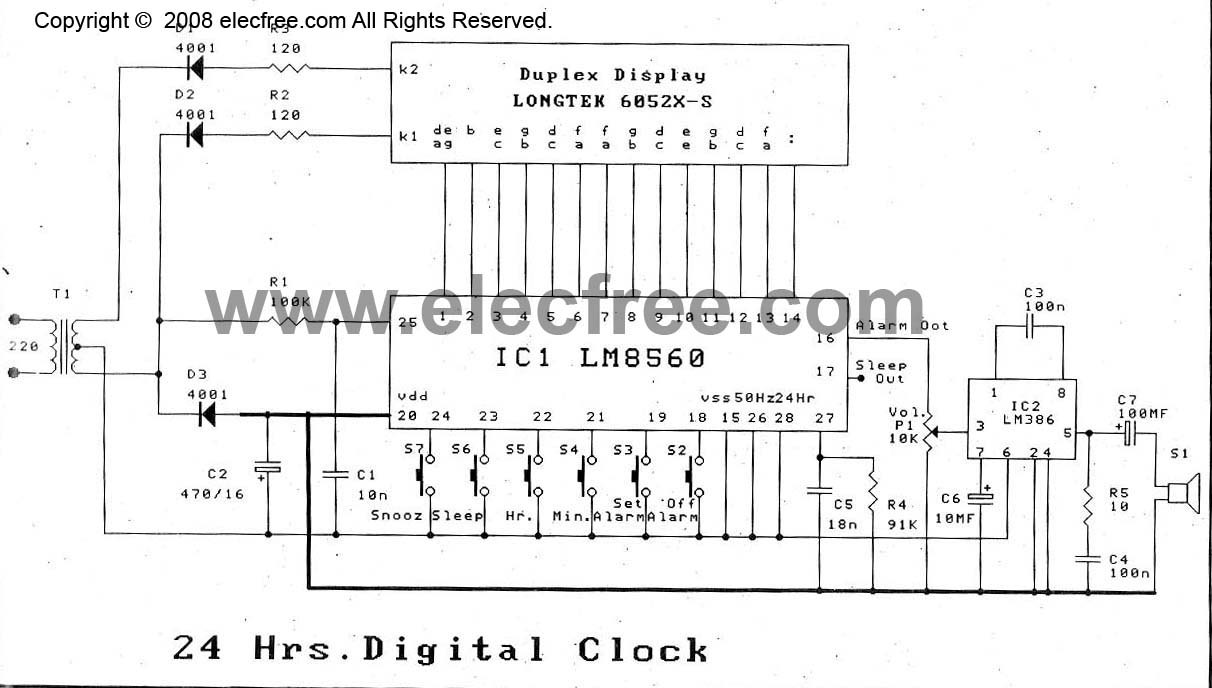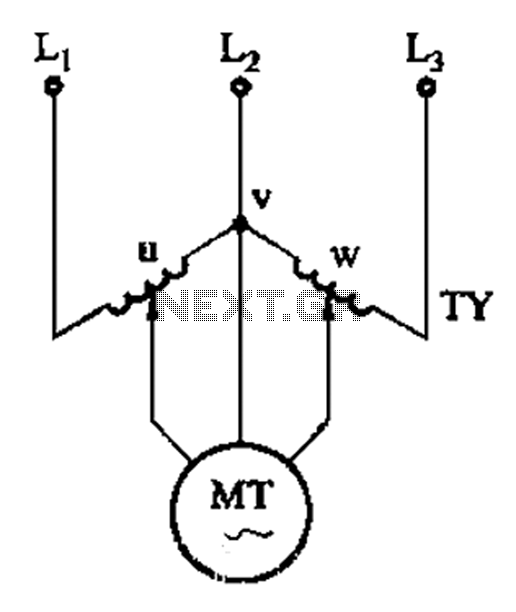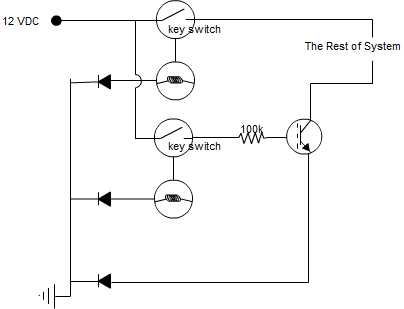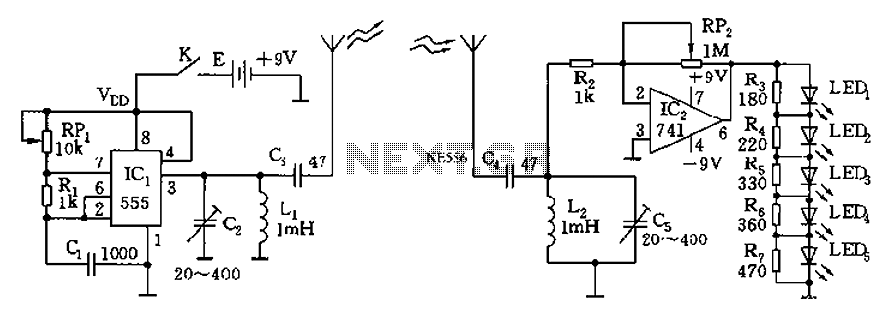
Scr Capacitor Turn-Off Circuit
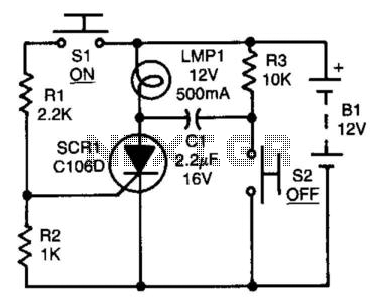
After the SCR is activated, capacitor CI charges up to nearly the full supply voltage through resistor R3 and the anode of the SCR. When switch S2 is later closed, it grounds the positive terminal of CI, causing the charge on CI to momentarily pull the anode of the SCR negative, reverse-biasing the SCR and resulting in its turn-off. The charge on the capacitor discharges quickly, but it only needs to maintain the SCR's anode in a negative state for a brief period to ensure it turns off. CI must be a non-polarized type.
In this circuit, the silicon-controlled rectifier (SCR) plays a crucial role in controlling the flow of current. Initially, when the SCR is turned on, it allows current to flow through the circuit. The capacitor CI, connected through resistor R3, charges up to the supply voltage, enabling the SCR to remain in its conductive state.
When switch S2 is closed, it creates a path to ground for the positive terminal of CI. This action causes the voltage at the anode of the SCR to drop momentarily below zero, effectively reverse-biasing the SCR. This condition is essential for turning off the SCR, as it disrupts the current flow through the device. The rapid discharge of CI ensures that the SCR remains off for a sufficient duration, preventing any unintended re-triggering.
The choice of a non-polarized capacitor CI is critical in this design, as it allows for bidirectional current flow without the risk of damage due to incorrect polarity. This feature enhances the circuit's reliability and performance, particularly in applications where the voltage polarity may change.
Overall, this configuration demonstrates a practical method for controlling an SCR using a capacitor discharge, providing a reliable means to manage the switching characteristics of the SCR in various electronic applications. After the SCR turns on, CI charges up to almost the full supply voltage via R3 and the anode of the SCR. Whe n S2 is subsequently closed, it clamps the positive end of CI to ground, and the charge on CI forces the anode of the SCR to swing negative momentarily, thereby reverse-biasing the SCR and causing it to turn off. The capacitor"s charge bleeds away rapidly, but it has to hold the SCR"s anode negative for only a few /is to ensure turn-off.
CI must be a nonpolarized type.
In this circuit, the silicon-controlled rectifier (SCR) plays a crucial role in controlling the flow of current. Initially, when the SCR is turned on, it allows current to flow through the circuit. The capacitor CI, connected through resistor R3, charges up to the supply voltage, enabling the SCR to remain in its conductive state.
When switch S2 is closed, it creates a path to ground for the positive terminal of CI. This action causes the voltage at the anode of the SCR to drop momentarily below zero, effectively reverse-biasing the SCR. This condition is essential for turning off the SCR, as it disrupts the current flow through the device. The rapid discharge of CI ensures that the SCR remains off for a sufficient duration, preventing any unintended re-triggering.
The choice of a non-polarized capacitor CI is critical in this design, as it allows for bidirectional current flow without the risk of damage due to incorrect polarity. This feature enhances the circuit's reliability and performance, particularly in applications where the voltage polarity may change.
Overall, this configuration demonstrates a practical method for controlling an SCR using a capacitor discharge, providing a reliable means to manage the switching characteristics of the SCR in various electronic applications. After the SCR turns on, CI charges up to almost the full supply voltage via R3 and the anode of the SCR. Whe n S2 is subsequently closed, it clamps the positive end of CI to ground, and the charge on CI forces the anode of the SCR to swing negative momentarily, thereby reverse-biasing the SCR and causing it to turn off. The capacitor"s charge bleeds away rapidly, but it has to hold the SCR"s anode negative for only a few /is to ensure turn-off.
CI must be a nonpolarized type.
